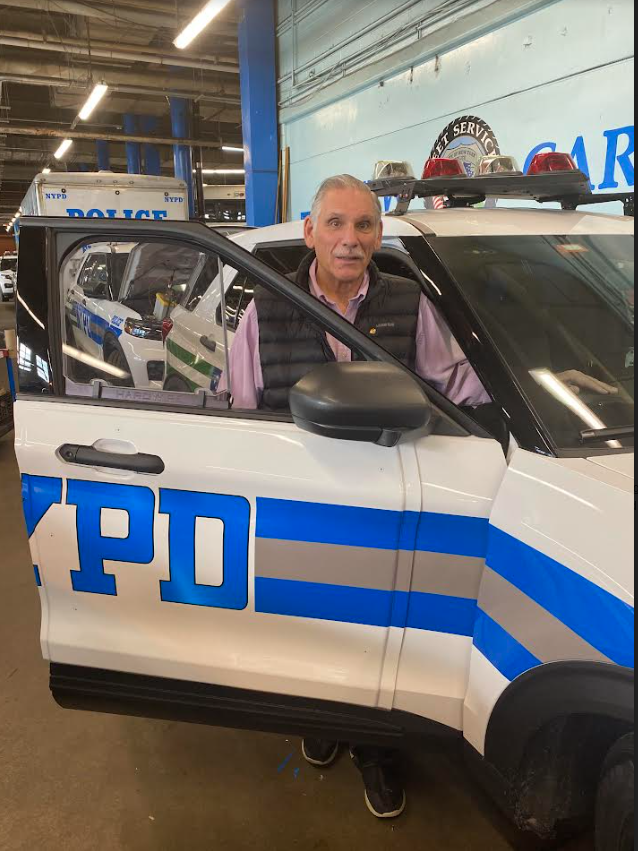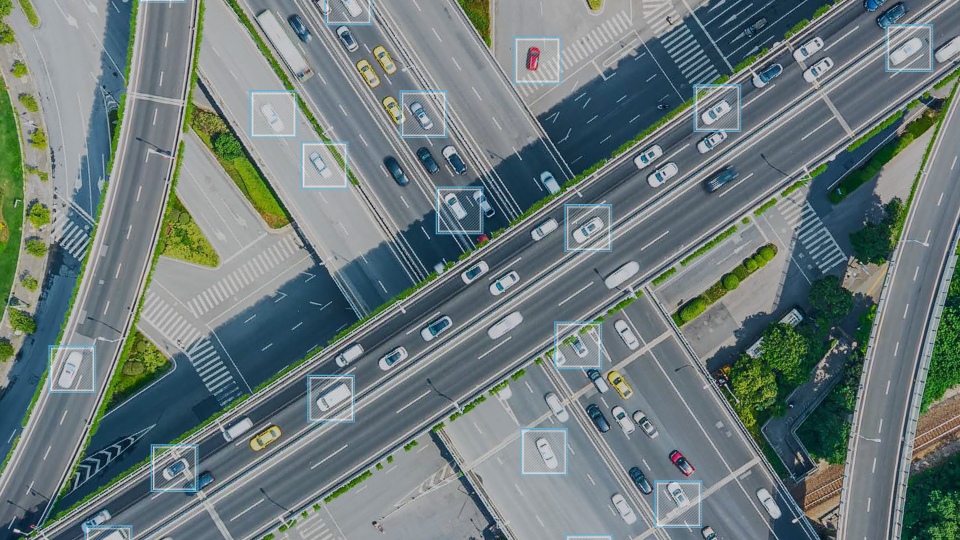Embracing Change: Robert Martinez Shares Three Decades of Technological Evolution at the NYPD
From LED Lights to Data-Driven Decisions: A Journey of Innovation and Adaptability in Policing

Sep 6, 2024

Five, ten, or twenty years ago, I never imagined where technology would take police fleets. Embracing technological evolution has always driven progress. Reflecting on my time with the NYPD, I recall introducing LED lighting to our vehicles. This upgrade, though modest compared to today's advancements, greatly improved visibility and safety while reducing maintenance time and costs. Small technological improvements can lead to significant benefits. Today, we see this principle in action with advanced data insights automating tasks, transforming how we serve and protect our communities.
When I joined the NYPD in 1986, policing was very different. I started as a helper mechanic and over the next three decades, climbed the ranks to Deputy Commissioner. Throughout my journey, one constant was the evolving landscape of technology. Embracing change wasn't optional; it was a necessity shaping the NYPD's future.
Back in the early days, manual processes consumed immense time and resources. After 9/11, the federal government offered to reimburse our police fleet for vehicle usage during the response, at $17 per hour per vehicle. However, no one knew how to calculate vehicle usage. I took on this task and developed a methodology based on officers' overtime hours and vehicles assigned. For instance, a patrol car typically had one officer, while a van might have one sergeant and eight officers. Compiling and verifying this data took months, but we eventually secured a $17 million reimbursement, greatly benefiting the NYPD. With today's technology, this process would take minutes, not months, showing how data insights and automation save valuable time and resources.
Another once-manual process now faster and more accurate with today's technology involves vehicle lifecycle management. Initially, I noticed we weren't purchasing enough vehicles to maintain our fleet. Each vehicle category—patrol cars, unmarked vehicles, vans, trucks, SWAT vehicles, and buses—has a different lifecycle. Tracking these categories to determine yearly purchase needs was time-consuming. Modern data tools now automate this process, tracking vehicle lifecycles and predicting component failures. This not only saves time but also ensures officers drive safe, well-maintained vehicles. By reducing the risk of breakdowns, officers can focus on their critical duties without vehicle issues. Data-driven efficiencies enhance both operational effectiveness and officer safety.
Today, technology has transformed these labor-intensive tasks. Advanced data systems now automate the collection and analysis of information, enabling us to make real-time decisions with unprecedented accuracy. Sophisticated GPS and fleet management systems have replaced the manual tracking of vehicle conditions and usage, providing a clear picture of our resources at any moment.
The journey of embracing new technology was filled with challenges and triumphs. From the early days of manual processes to today's sophisticated systems, each step was a learning experience. Today's officers won't need to rely on 'back of the napkin math'—as I like to call it—as much as I did. While I was happy to do it, I am grateful for new technology and telematics because it helps the fleet operate more efficiently, which translates to a better-served community and a better-protected city. As I sit in retirement, I am confident that embracing change and new technology was one of the best decisions we made. I would advise keeping an open mind and being willing to try new things because if it means you can work better to serve your communities, it's absolutely worth it.
For more information on how data intelligence can help optimize your fleet, visit: https://www.geotab.com/industries/police-first-responders-fleet/
Subscribe to get industry tips and insights

Robert S. Martinez retired in 2022 after a distinguished career with the NYPD. He served as the Fleet Services Director from 2006 to 2010 and was promoted to Deputy Commissioner of the Support Services Bureau in 2010. As Deputy Commissioner, Martinez managed 800 members of the service and a $153 million budget, leading key safety initiatives like the expansion of Rumbler sirens and message boards for police vehicles. He provided critical fleet support during major events, including the Republican National Convention and Super Storm Sandy, and secured funding for a state-of-the-art Property Clerk warehouse project worth over $400 million. Martinez continues to contribute his expertise, serving on advisory boards for Government Fleet Expo Police and Police Fleet Expo. Additionally, he serves on Police advisory boards for several small towns and cities around the United States.
Subscribe to get industry tips and insights
Related posts

Protecting Our Most Precious Cargo: How Telematics is Powering a Safer Ride to School
October 23, 2025
2 minute read

Slash fleet costs: Key strategies for a stronger police budget
October 14, 2025
5 minute read

From data to foresight: How VisionTrack is transforming fleet safety
October 14, 2025
2 minute read

EU Data Act overview: What it means for Geotab and telematics
October 8, 2025
1 minute read

A Clearer Picture: How FleetCam Empowers Fleets to See the Full Story
October 7, 2025
2 minute read
